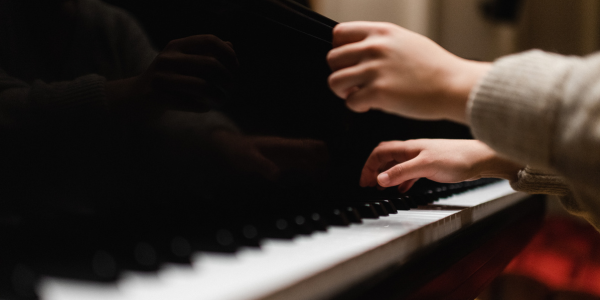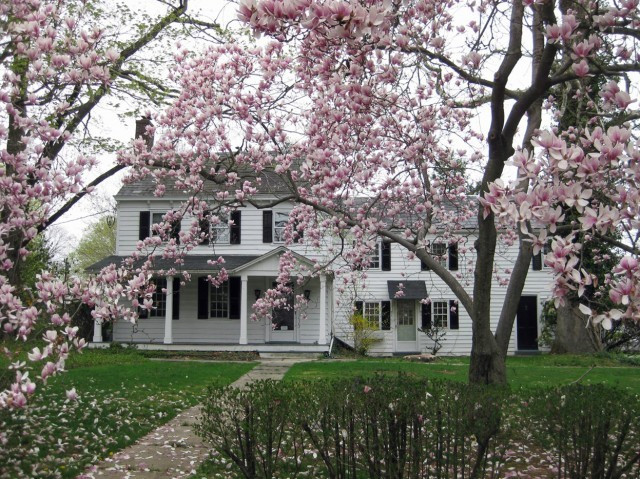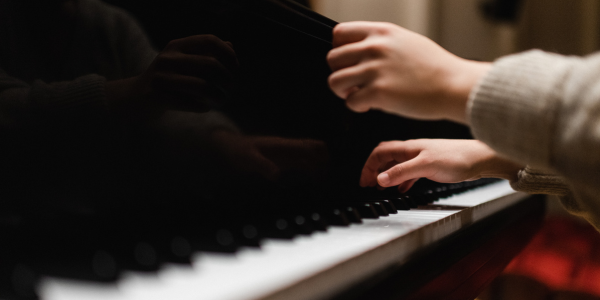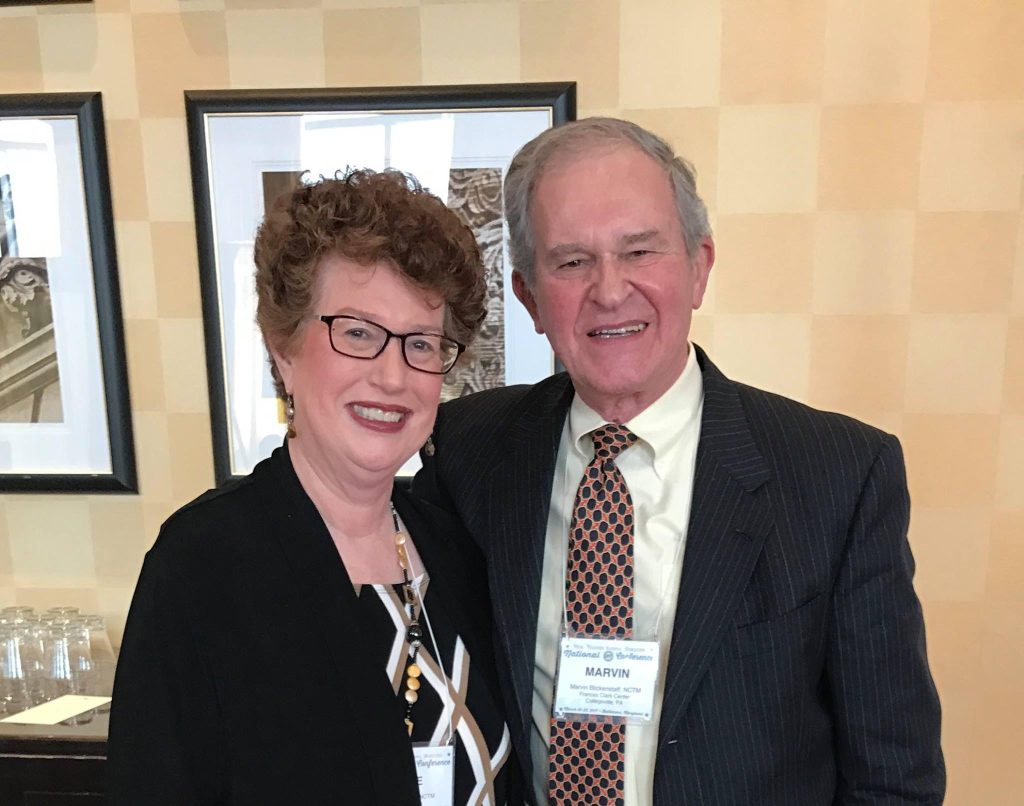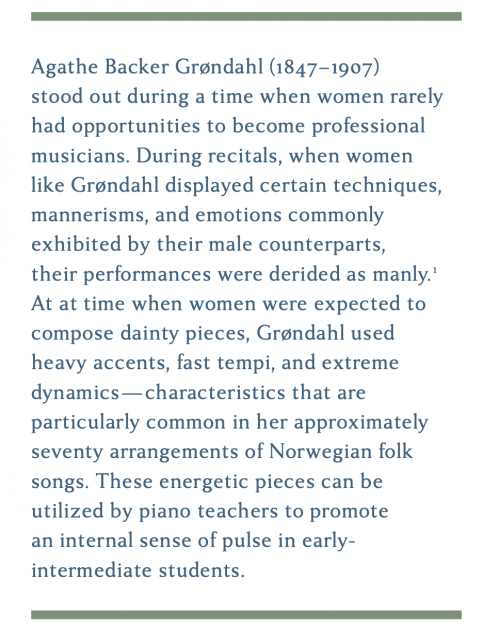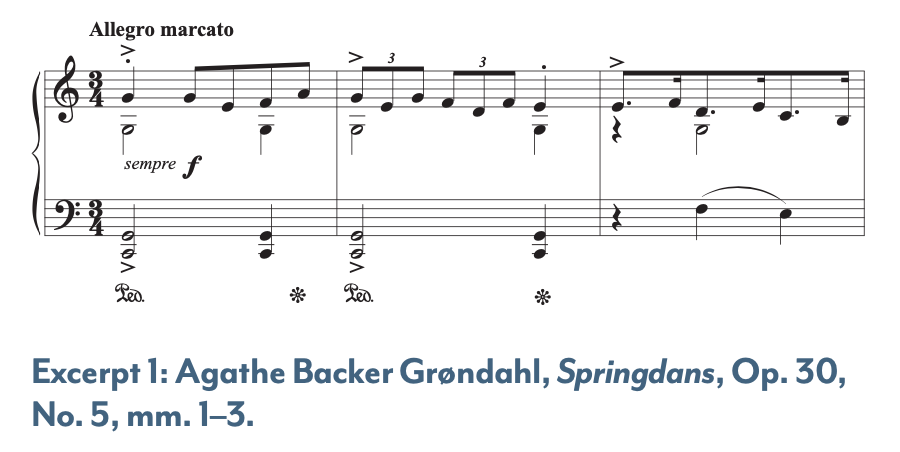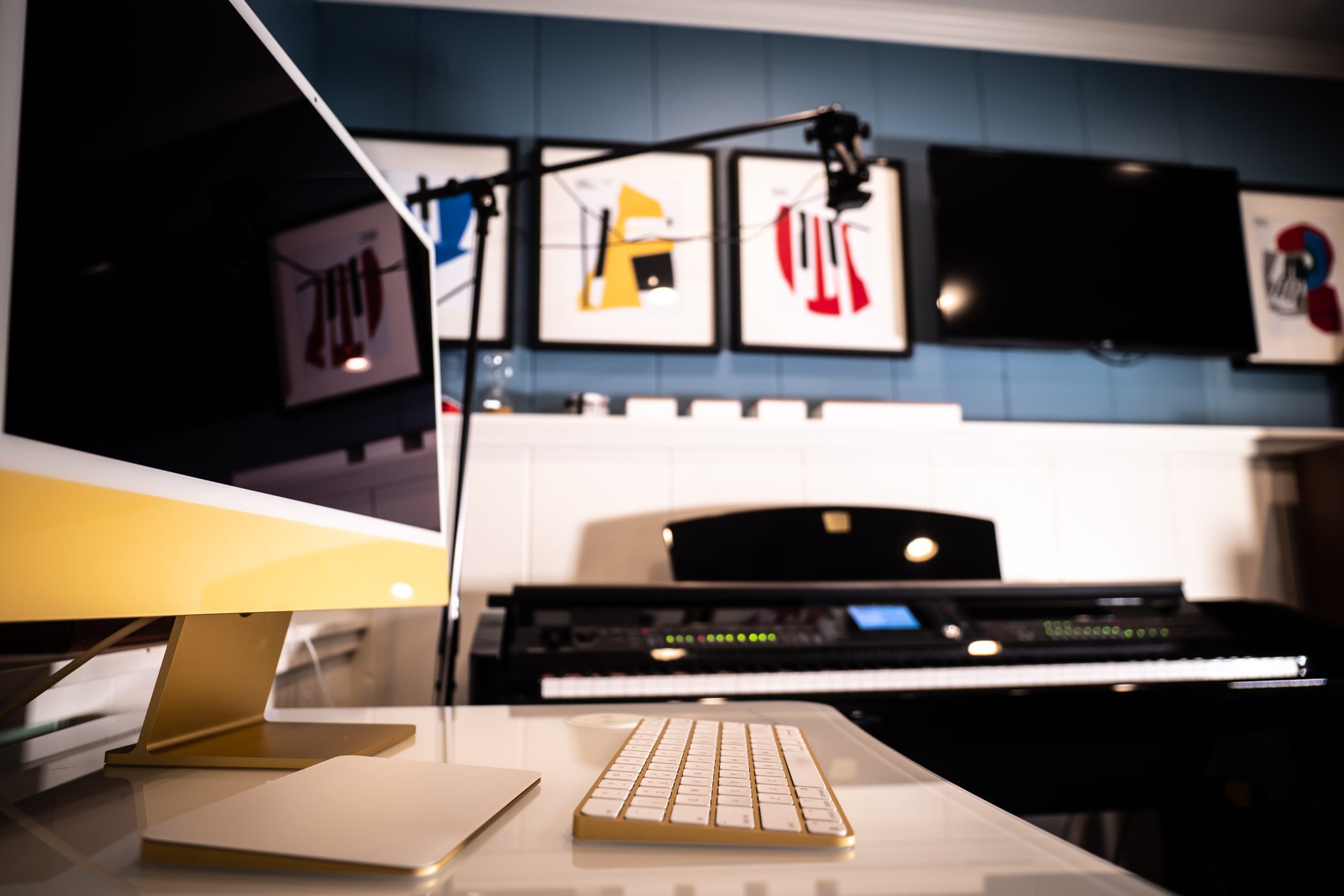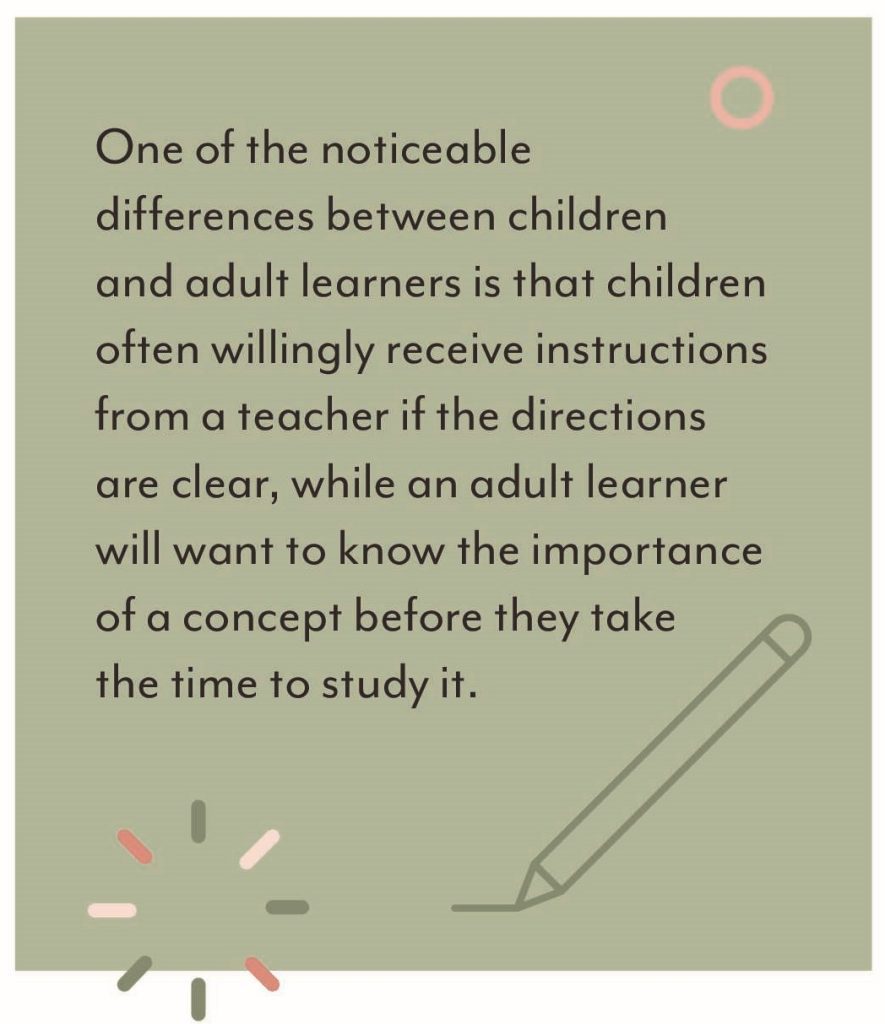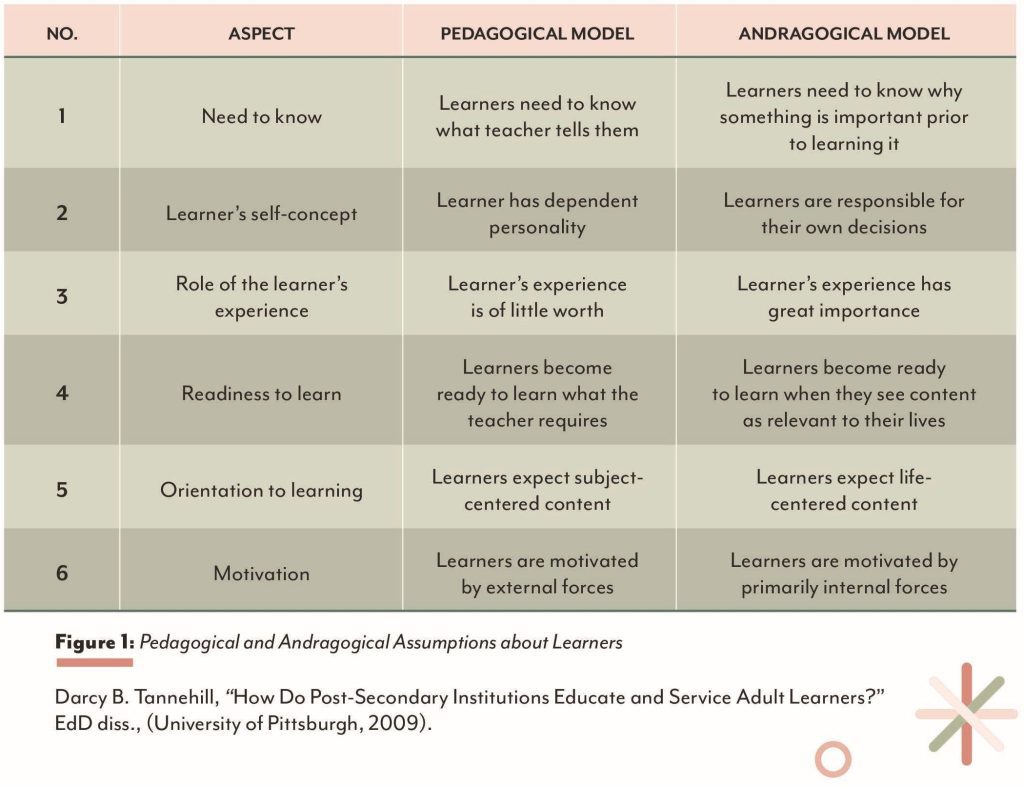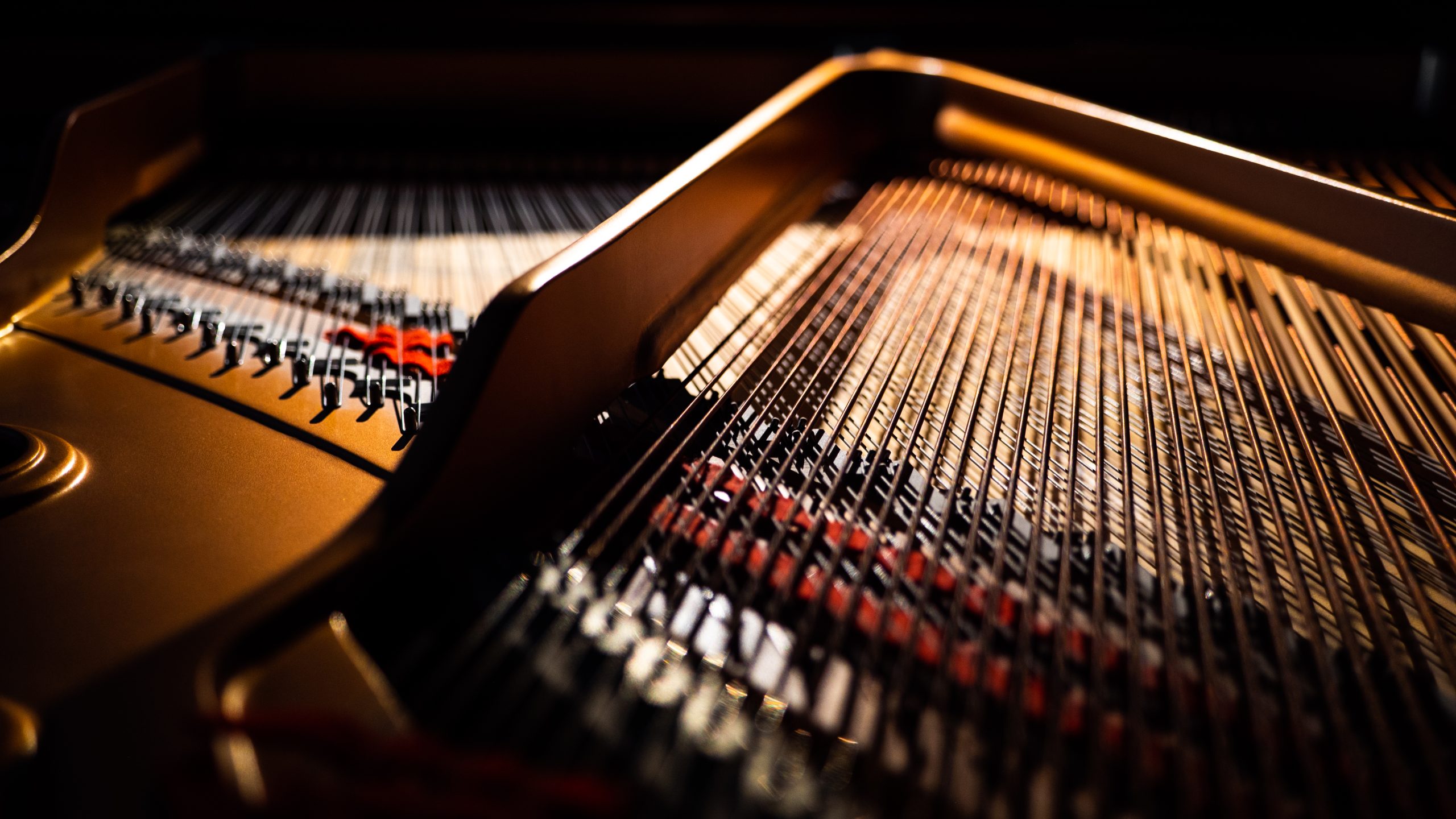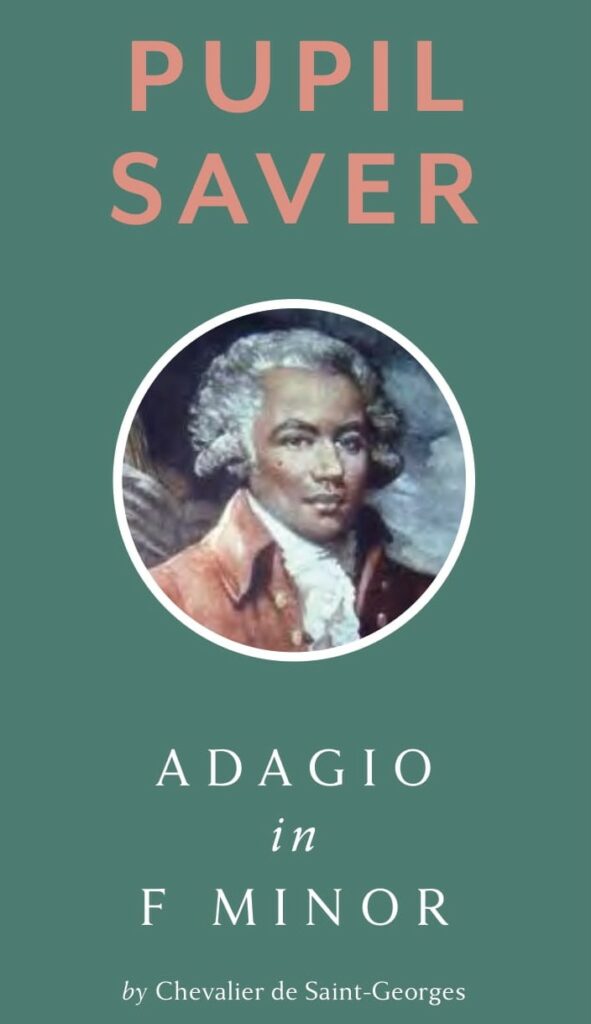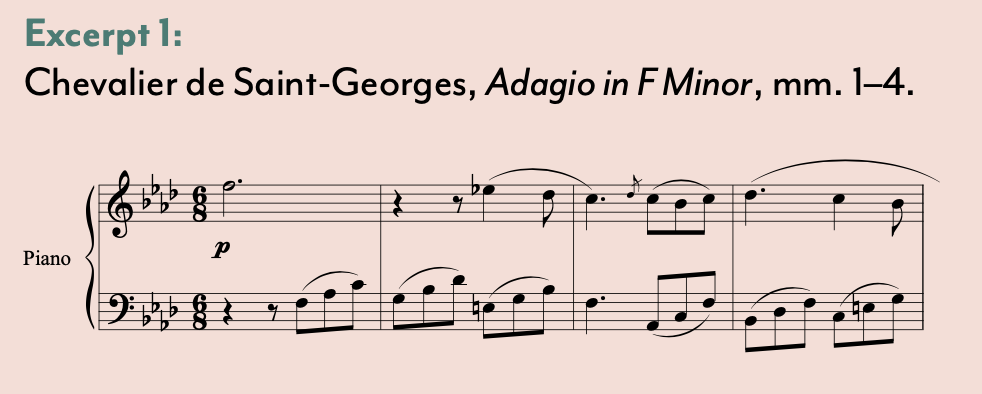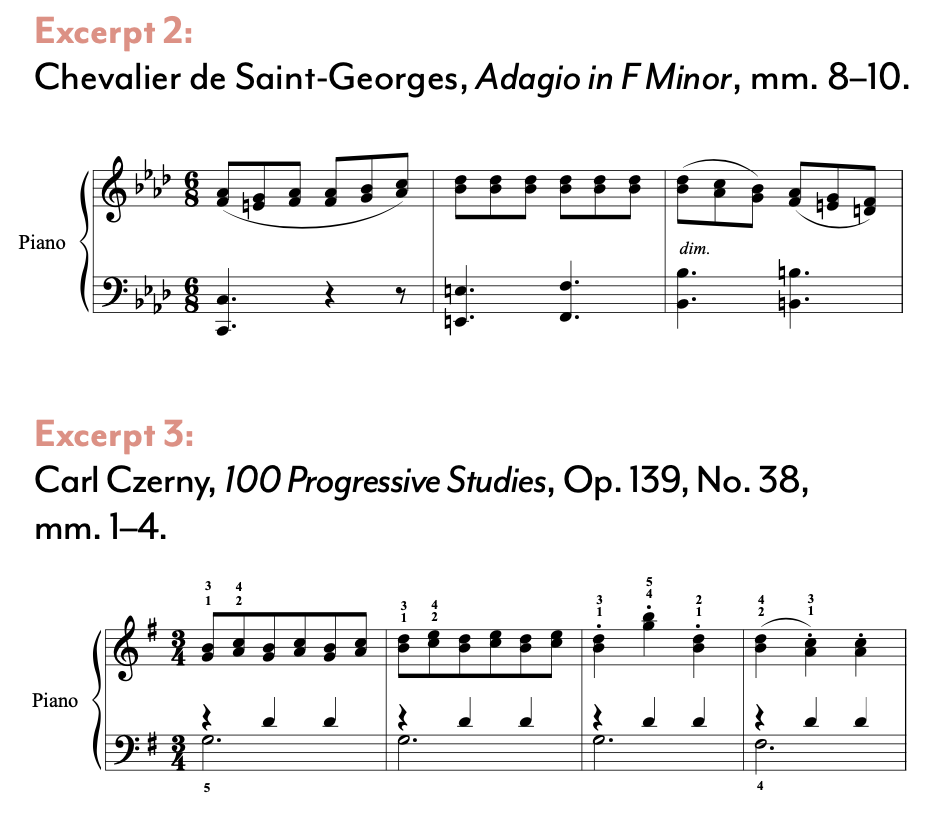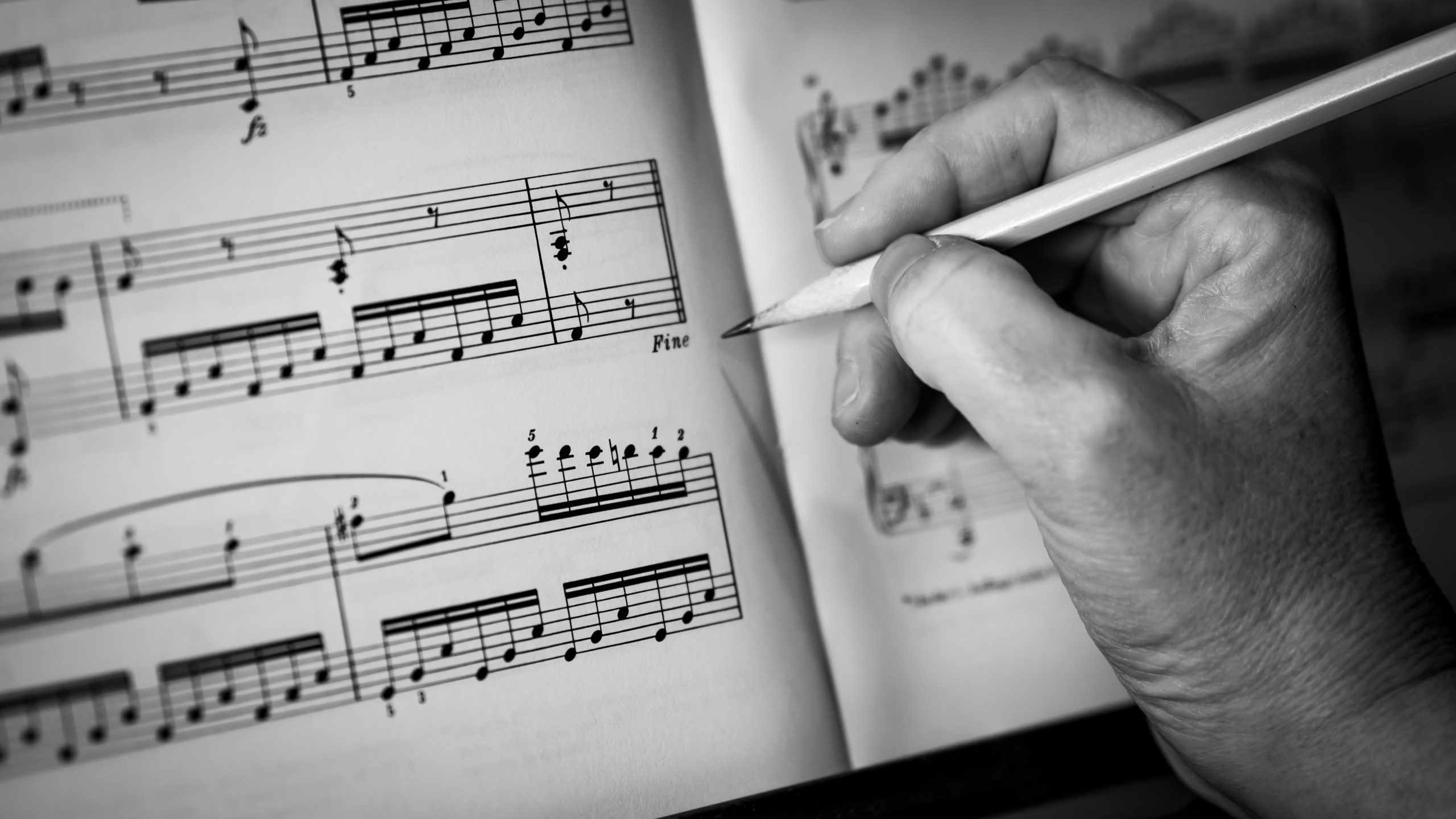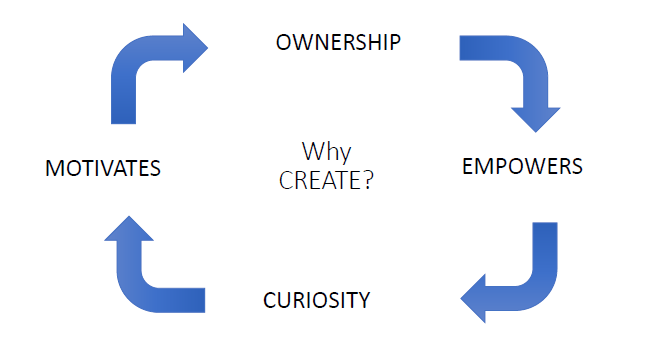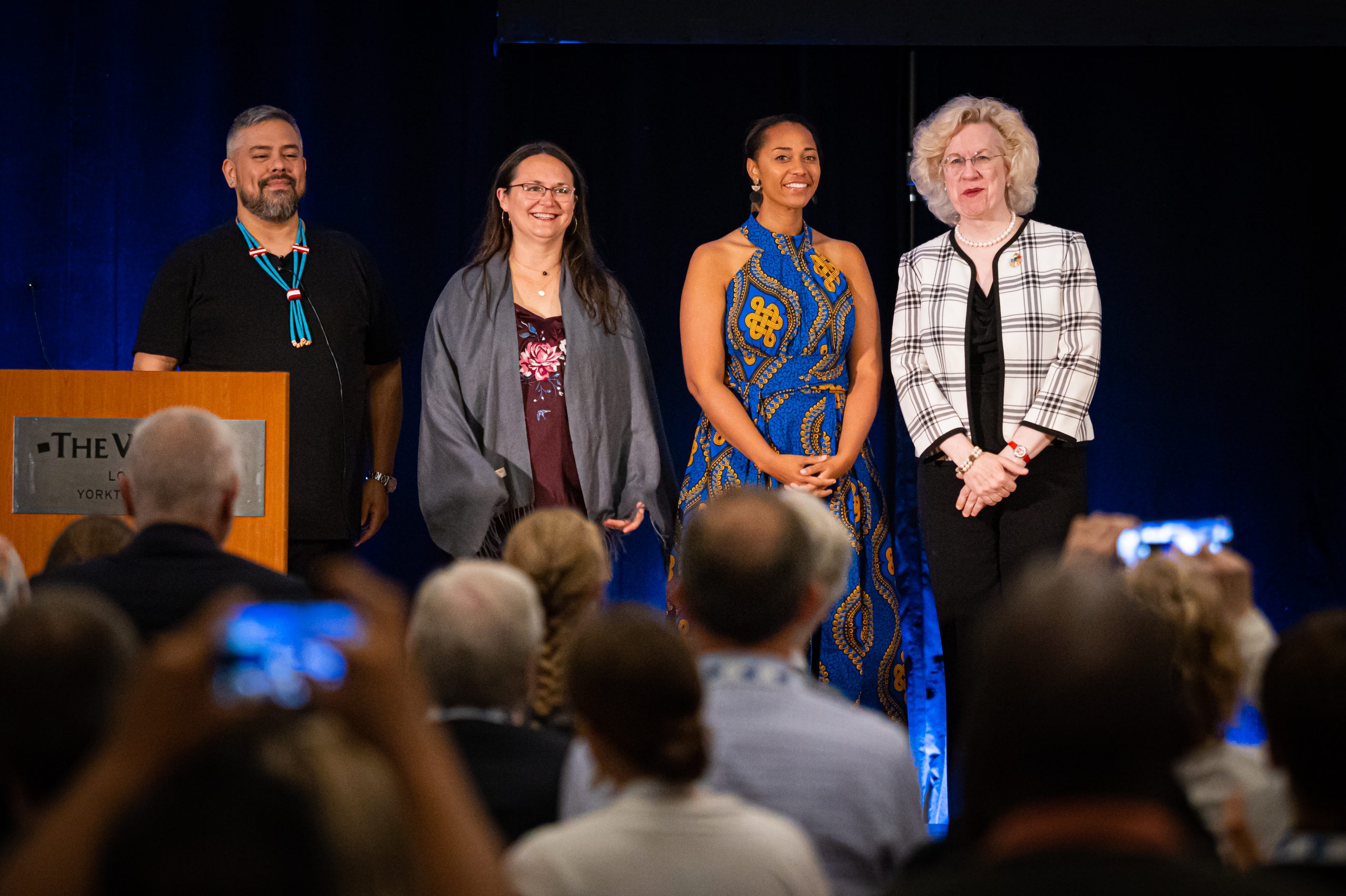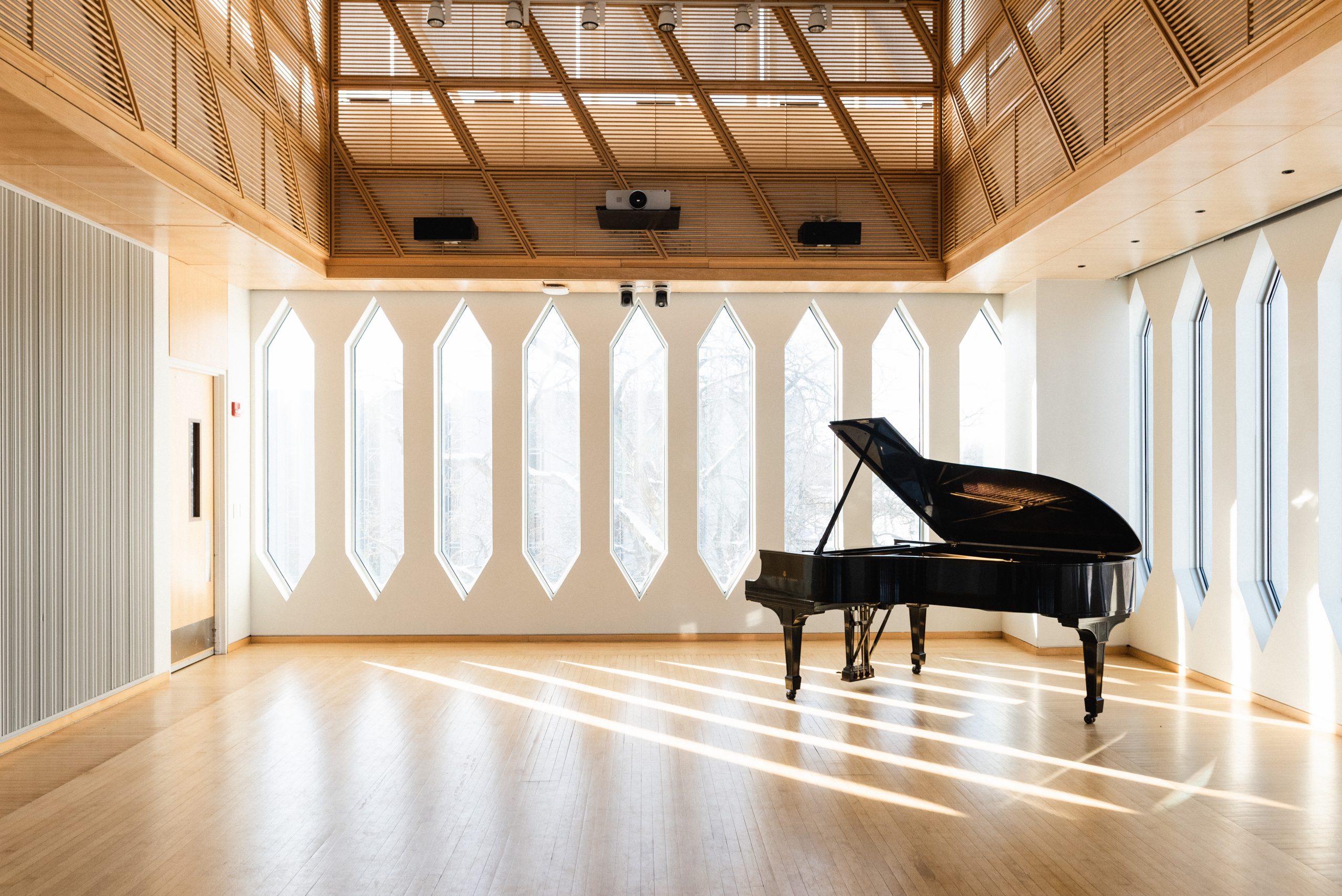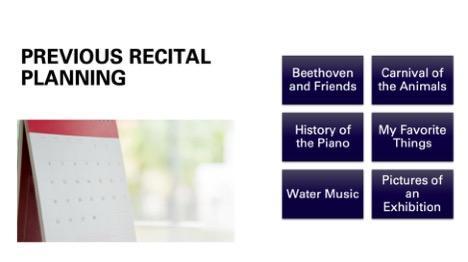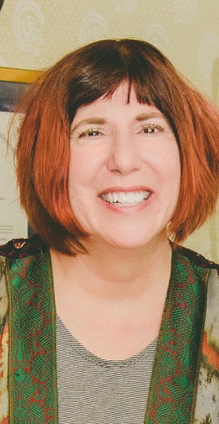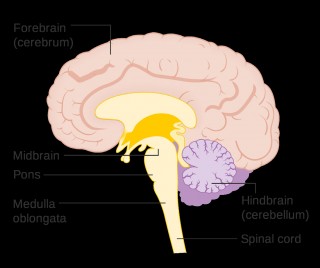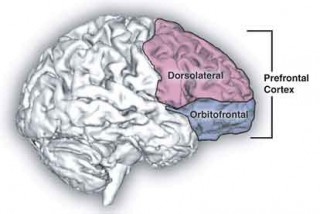We would like to thank Shana Kirk for this tribute to George Litterst, one of last year’s Frances Clark Center Lifetime Achievement Award Winners. To read the full article with more tributes to George Litterst and Michelle Conda, click here.
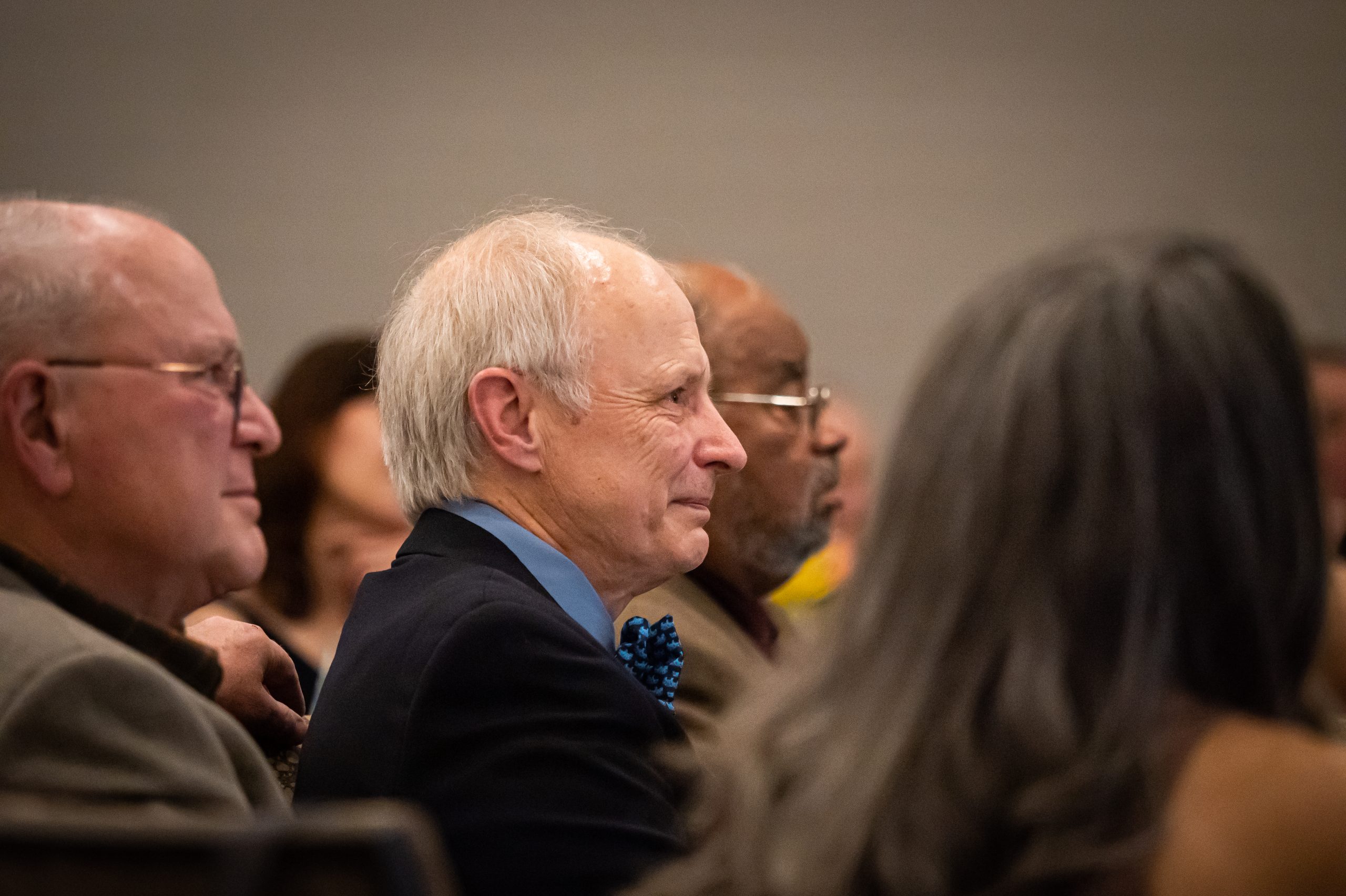
I first met George Litterst in 2000, when a mutual colleague dragged me across an exhibit floor, insisting that I see this laptop with a musical score scrolling across the screen while following the keyboard player’s tempo. That first introduction to George and his fledgling Home Concert 2000 software turned out to be a pivotal moment in my own professional development. It launched more collaborations that I can count, not to mention a decades-long friendship and an ever-growing collective of like-minded colleagues.


Following George’s enthusiasm for the cutting edge, our group of piano geeks has constantly pursued technology-based solutions to challenges a teacher, student, or performer could encounter. In the early 2000s, it was George’s tinkering with MIDI over dial-up Internet that laid a foundation for Internet MIDI software, now used worldwide for online piano teaching. Observing a need for more audience-friendly performances, George hacked together assorted technologies to create multimedia recitals that could be synchronized from a keyboard. Of course, it was also George who first advocated for efficiencies, such as chatting over AOL Instant Messenger, collaborating on proposals using Dropbox, and even traveling with GPS from a cell phone!
Beyond such measurable contributions, George has most significantly led by example with his spirit of generosity. If you have asked George a question at a conference, you may have found yourself huddled with him an hour later. If you asked a question online or sent an email, you may have received an invitation to a Zoom meeting so thorough that it could count as a college credit.
I know I am speaking for many in saying this spirit of generosity has lifted our profession in immeasurable ways. We are honored to be friends and colleagues and look forward to many more years of working together!
We hope you enjoyed this excerpt from the tributes to the Frances Clark Center’s Lifetime Achievement Award winners. You can read the entire article by clicking here.
MORE ON GEORGE LITTERST
- MAGAZINE ARTICLE: TRIBUTES TO Frances Clark Center Lifetime Achievement Honorees Michelle Conda & George Litterst
- DISCOVERY PAGE: Hats Off to You, George! | Honoring George Litterst
- WEBINAR: Town Hall Discussion: Technology Tips with Mario Ajero, João Paolo Casarotti, Shana Kirk, George Litterst, and Stella Sick
- MAGAZINE ARTICLE: How do you use digital video in your teaching? by George Litterst, Paul Sheftel, and Mario Ajero
- WEBINAR: Town Hall Discussion: Technology with Mario Ajero, João Paulo Casarotti, Alejandro Cremaschi, Shana Kirk, George Litterst, and Stella Sick
